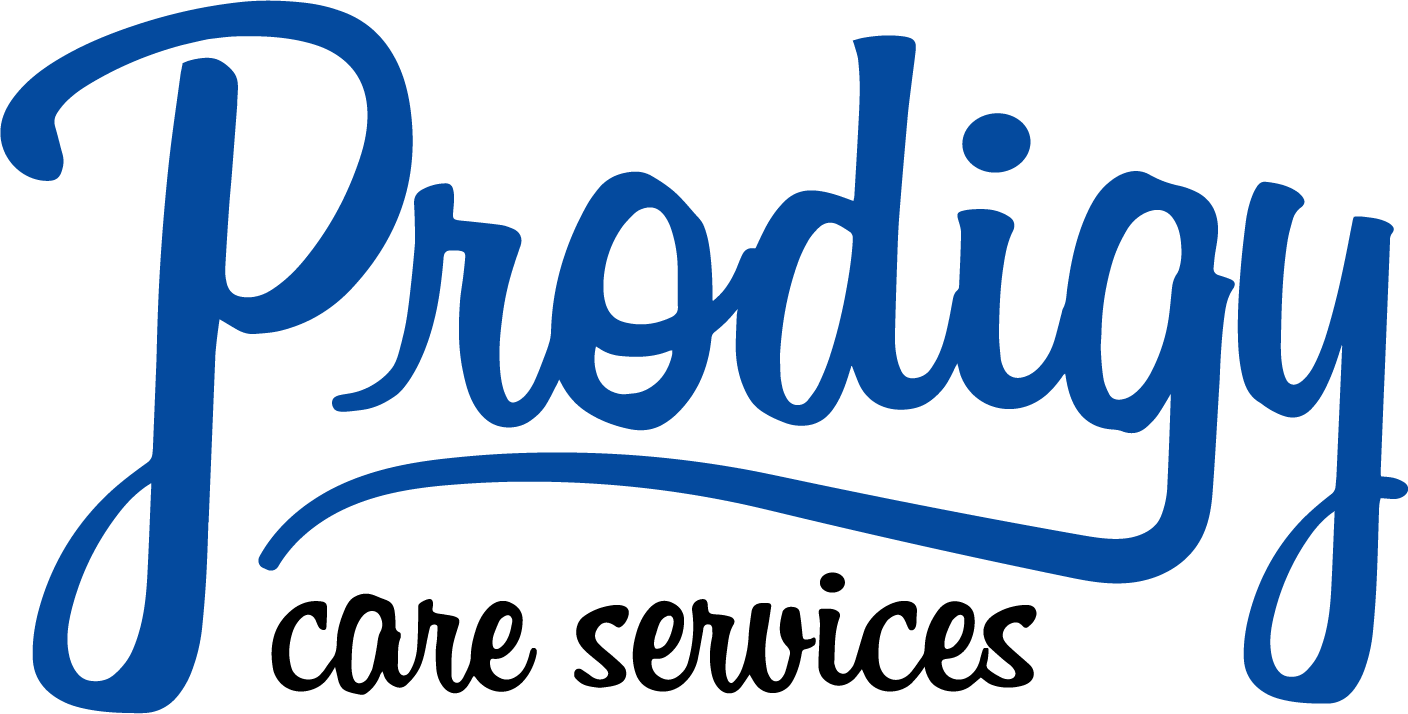Transparency for Patients: 5 Concepts to Get the Best Value from Your Pharmacy Benefits
We have been writing on many aspects of transparency for the benefit of payers in previous blogs. These include ways to be proactive in keeping a PBM accountable [1] [2], the services PBMs provide that can be scrutinized upon [3], and what payers should look out for to make sure PBMs are not cheating them of the savings due [4].
Here, we take that step towards including PBM transparency with the patients themselves. Although it looks quite different from what a payer would consider, these 5 concepts are the building blocks for patients to know how to utilize their PBM efficiently.
Understand What is in Your Formulary:
A formulary is a list of prescription drugs that your insurance plan covers and categorizes based on cost and coverage rules. The medications are placed in tiers on the formulary. Tier 1 drugs are typically generic medications that are covered. Tiers can go all the way up to Tier 4 or 5, where high cost such as specialty drugs are placed. Thus, non-formulary drugs are drugs that the benefits plan will not cover, and you may have to pay for it fully out-of-pocket [5]. Even patients under worker’s compensation who typically have no copay, should familiarize themselves with their plan's formulary to know which medications are covered, their respective tiers, and any associated out-of-pocket costs or processes to gain access to such drugs when clinically necessary.
2. Coverage Restrictions:
Prodigy offers robust utilization controls that enable payers and claims professionals to reduce unnecessary waste. Many insurance plans have utilization management protocols to control costs. This comes in the form of several types of coverage restrictions on medication that are usually lower down in the formulary, especially for high-cost drugs. Payers put utilization management protocols in place to make sure that the medications prescribed are safe and effective for the patient and cost effective for the payer. The most common utilization management controls are prior authorization, quantity limits, and step therapy. Prior authorization involves getting approval from the insurance plan before the medication is dispensed. Quantity limits set the limit for a medication that can be dispensed in a certain amount of time. Step therapy requires trying and failing less expensive or preferred drugs before moving to higher-cost alternatives [5]. Patients should know if their plan has such restrictions and understand the steps involved to access the medications they need.
3. Drug Pricing and Out of Pocket Costs:
Understanding how drug pricing works and the out-of-pocket costs (if any) associated with different drugs is crucial. While most patients do not face out-of-pocket costs for accessing medications under their worker’s compensation benefit, it is still important to understand drug pricing as it could have an impact on their overall benefit. Drug pricing can be influenced by a multitude of factors and can even change during the year, sometimes between fills of a prescription. A change in price or a negotiation of cost somewhere along the supply chain can potentially impact what comes up at the pharmacy’s checkout register when picking up a prescription [6]. This is why a payer’s choice of PBM is crucial. The right PBM partner, like Prodigy, owns the responsibility to ensure both the payer and the patient pay the lowest net cost. The resulting effect of lowest net cost include lower cost-sharing responsibilities for patients where applicable, such as copays, coinsurance, or deductibles, for each prescription and understanding how these costs can vary based on the drug's tier, the pharmacy, and whether it's a generic or brand-name medication.
4. Utilizing In-Network Pharmacies:
Payers, in collaboration with their PBM, often have a network of preferred or in-network pharmacies where patients can obtain their prescriptions at a lower cost. It is essential to know the list of in-network pharmacies and choose them when filling prescriptions to maximize cost savings and avoid potential penalties for using out-of-network pharmacies.
5. Appeals and Grievances Process:
Patients have the right to appeal decisions made by their PBM regarding coverage denials or disputes about prescription drugs. Understanding the appeals and grievances process, including the steps involved and the timeline for resolution, is crucial in ensuring that consumers can challenge decisions that may affect the access to needed medications.
By understanding these key aspects of their pharmacy benefits, patients can make more informed decisions, manage their healthcare costs effectively, and advocate for their health and well-being.
By Monique Bactad, PharmD Candidate
For questions, e-mail pharmd@prodigyrx.com
References:
[1] You can hold your PBM accountable. It is not that complicated. by Prodigy Care Services
[2] You can hold your PBM accountable. Part 2: Ongoing Controls by Prodigy Care Services
[3] Five Things You Should Know About Workers’ Comp PBMs by Del Doherty, PhD, PharmD, MBA, MPH
[4] Common Ways PBMs Take Away Payers’ Savings by Prodigy Care Services
[5] Pharmacy Benefit Manager Formularies: Friend or Foe? by Ryan Fitzmaurice, PharmD
[6] Understanding Drug Pricing by Joey Mattingly, PharmD, MBA


